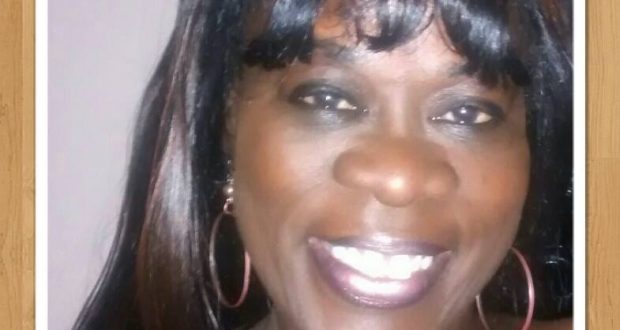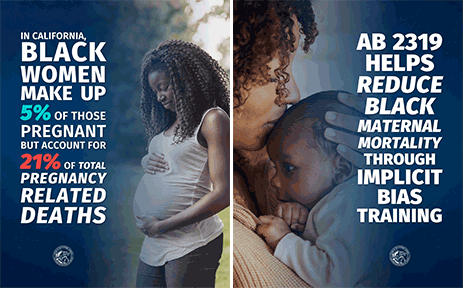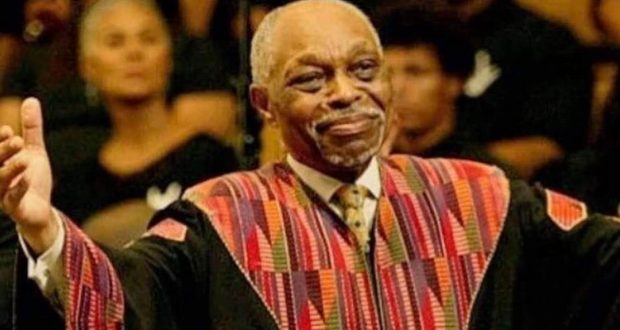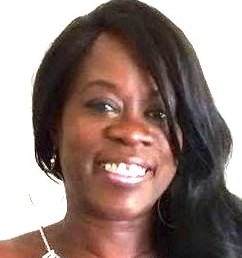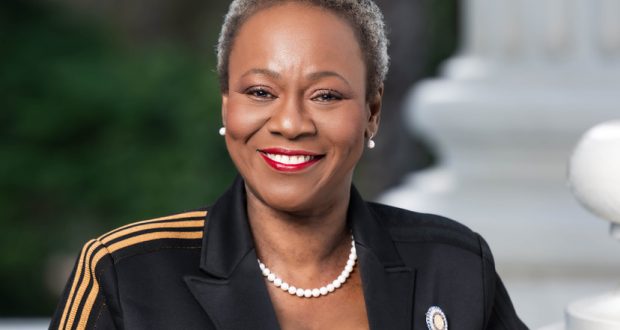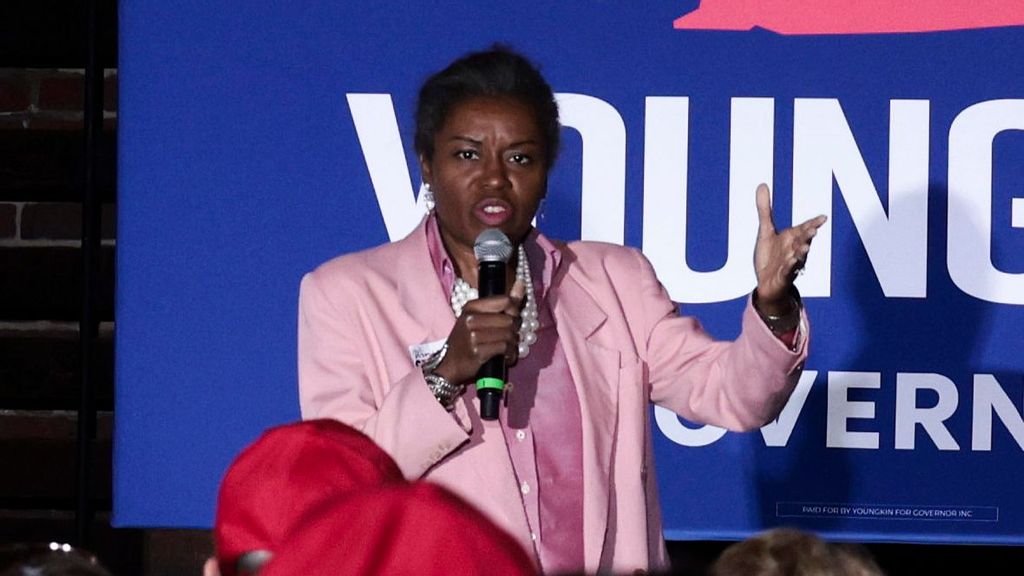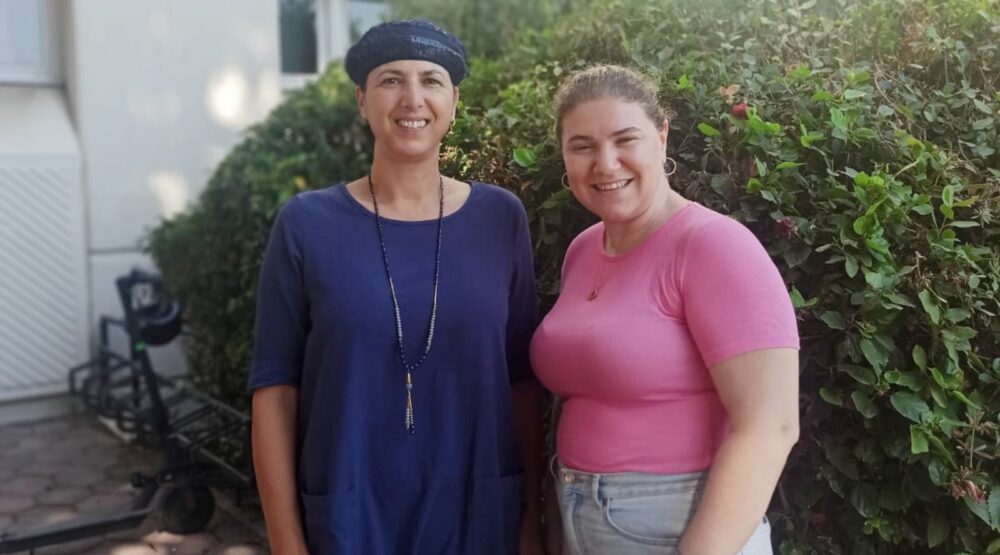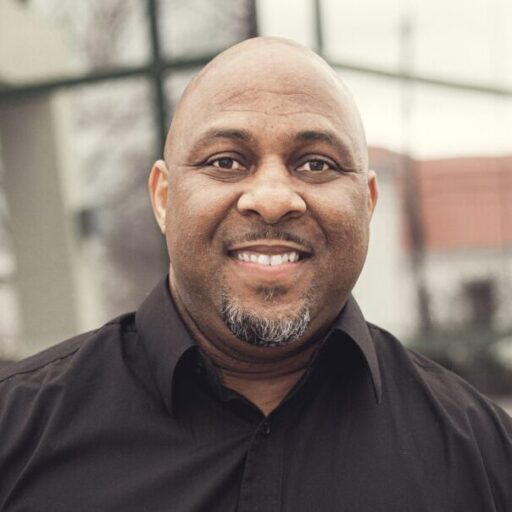By Lou Yeboah
Hear this, you Elders; listen, all who live in the land. Has anything like this ever happened in your days or in the days of your ancestors? Tell it to your children, and let your children tell it to their children, and their children to the next generation. What the locust swarm has left the great locusts have eaten; what the great locusts have left the young locusts have eaten; what the young locusts have left other locusts have eaten. Wake up, you drunkards, and weep! Wail, all you drinkers of wine; wail because of the new wine, for it has been snatched from your lips. [Joel 1:1-5].
See, the Lord is going to lay waste the earth and devastate it; he will ruin its face and scatter its inhabitants. [Isaiah 24:1]. The Lord said to me, “From the north disaster will be poured out on all who live in the land. I am about to summon all the peoples of the northern kingdoms,” declares the Lord. [Jeremiah 1:14-19]. The sun will be turned to darkness and the moon to blood before the coming of the great and glorious day of the Lord. [Joel 2:31; Acts 2:20].
Weep and howl, cry out unto the Lord himself, repent of your sins, wake up, for the Prophet Joel saw a terrible sight. He saw a locust invasion in the land of Judah. The locusts came in four stages and absolutely reduced the land to bare ground, and the people to poverty and disease. Come, let us return to the Lord. He has torn us to pieces but he will heal us; he has injured us, but he will bind up our wounds. [Hosea 6:1]. God warn; it is decision time [Joel 3:14]. All areas of society will be affected by the devastation caused by the locust invasion. The entire nation, including the priests, is told to mourn. Nothing will be left in the aftermath of the locusts. The fields, the ground, the grain, the new wine, the wheat and barley, the vine and all the fruiting trees… all destroyed. Wake Up, You Drunkards, and Weep!
And if in spite of this you do not obey me but act with hostility toward me, I will act with furious hostility toward you; I will also discipline you seven times for your sins. You will eat the flesh of your sons; you will eat the flesh of your daughters. I will destroy your high places, cut down your shrines, and heap your lifeless bodies on the lifeless bodies of your idols; I will reject you. I will reduce your cities to ruins and devastate your sanctuaries. I will not smell the pleasing aroma of your sacrifices. I also will devastate the land, so that your enemies who come to live there will be appalled by it. I will scatter you among the nations, and I will draw a sword to chase after you. Your land will become desolate, and your cities will become ruins.” — [Leviticus 26:27-33].
Wake Up, You Drunkards, and Weep! Judgment will come in one day, death, and mourning, and famine; and she shall be utterly burned with fire: for strong is the Lord God who judges her. [Revelation 18:8].
Then the fifth angel sounded: And I saw a star fallen from heaven to the earth. To him was given the key to the bottomless pit. And he opened the bottomless pit, and smoke arose out of the pit like the smoke of a great furnace. So, the sun and the air were darkened because of the smoke of the pit. Then out of the smoke locusts came upon the earth. And to them was given power, as the scorpions of the earth have power. They were commanded not to harm the grass of the earth, or any green thing, or any tree, but only those men who do not have the seal of God on their foreheads. And they were not given authority to kill them, but to torment them for five months. Their torment was like the torment of a scorpion when it strikes a man. In those days men will seek death and will not find it; they will desire to die, and death will flee from them. The shape of the locusts was like horses prepared for battle. On their heads were crowns of something like gold, and their faces were like the faces of men. They had hair like women’s hair, and their teeth were like lions’ teeth. And they had breastplates like breastplates of iron, and the sound of their wings was like the sound of chariots with many horses running into battle. They had tails like scorpions, and there were stings in their tails. Their power was to hurt men five months. And they had as king over them the angel of the bottomless pit, whose name in Hebrew is Abaddon, but in Greek he has the name Apollyon. One woe is past. Behold, still two more woes are coming after these things. [Revelation 9:1-12].
Indeed, the day of the Lord is terrible and dreadful— who can endure it? Even now— this is the Lord’s declaration— turn to me with all your heart, with fasting, weeping, and mourning. Tear your hearts, not just your clothes, and return to the Lord your God. For He is gracious and compassionate, slow to anger, abounding in faithful love, and He relents from sending disaster— [Joel 2:11-14].
Wake Up, You Drunkards, and Weep!
 Westside Story Newspaper – Online The News of The Empire – Sharing the Quest for Excellence
Westside Story Newspaper – Online The News of The Empire – Sharing the Quest for Excellence
